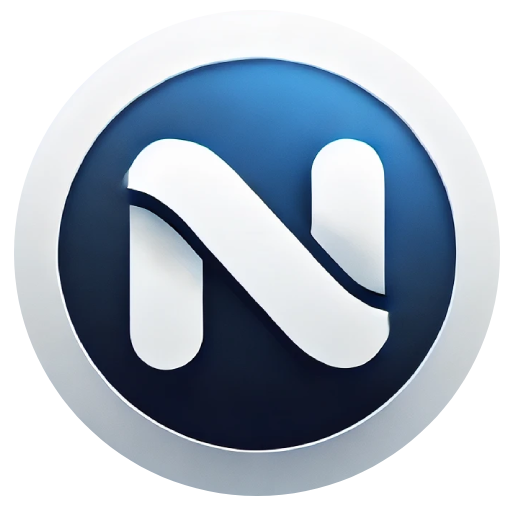My goal wasn’t to create a 30-page matrix filled with boxes and jargon. I have spent years working with the HR team, and I have seen many documents fail, so I am well aware of what not to do. We weren’t a 10,000-person company; we were a nimble startup. I wanted to create something actionable, flexible, and grounded in reality. Something to support us for the next two years, not forever.
Step 1: Aligning with the business
Before even sketching a framework, I began by speaking with the business.
I asked:
- Where are we going in the next 2 years?
- What markets are we focusing on?
- What kind of products are we aiming to build?
- How does the design function support that growth?
These conversations helped me pin down what kind of design skills and mindsets we actually needed, not in theory, but in practice. For instance, if our strategy included expanding our B2B offerings, we needed more strategic thinkers who could work with complex systems and influence cross-functional decisions. We also needed to find product-market fit, and therefore, we identified research as a pivotal skill for designers to have, so that they could support product managers accordingly.
Step 2: Researching the landscape
I didn’t start from scratch entirely — there’s no need to reinvent the wheel. I drew inspiration from some fantastic work already out there:
Figma, especially the work by Noah Levin on career growth and skills frameworks.
Intercom’s take on principles-based growth, which reinforced the idea of first principles over rigid checklists
GitLab ladder strikes a nice balance between clarity and flexibility
I adapted these ladders to meet our needs, enabling me to establish a common language with the industry, structure, and confidence. However, every choice I made had to align with our culture and team.
Step 3: Making it collaborative
This ladder wasn’t just mine. I brought in the designers early on in 1:1s, group chats, and feedback sessions. I asked:
- What do you need from a development ladder?
- What confuses or frustrates you about typical frameworks?
- What would help you feel more supported in your growth?
By doing this, the ladder wasn’t something done to them, but built with them. It led to better ideas and, crucially, buy-in.
Define the baseline principles
Before starting to create a ladder, I felt it was essential to establish a few ground rules to clarify my perspective on product design, its impact, and how it evolves beyond the walls of a design team. I found this to be essential to ensure designers could undertand why we have priorities for specific skills rather than others and how we see everyone progressing in the right direction.
- Return to first principles
- Evangelise and influence human-centred design beyond the design team
- Lead end-to-end product initiatives, no silos
- Set and drive the design strategy across the organisation
Some good readings that inspired me here:
Identify the right skill sets
The result was a career development ladder that provided structure without becoming heavy or prescriptive. It was something we could use for hiring, in 1:1s, and in planning team growth.
We defined five key skill areas that every designer at Doddle, from junior to senior, would be expected to develop in:
1. Communication & Collaboration
Design doesn’t happen in a vacuum. We work closely with product, engineering, sales, and marketing to understand problems and deliver solutions. Clear, respectful, cross-functional communication is essential.
2. Problem Solving & Strategy
Design is problem solving — but it’s also about knowing which problems to solve. Designers must consider the business context, user needs, and product direction. Strategic thinking is non-negotiable.
3. Research, Data & Validation
Design decisions need to be informed. We work collaboratively to gather insights, conduct research, validate ideas, and iterate frequently. Research isn’t a “phase,” it is a continuous mindset.
4. Craft (UX)
Good design is intentional. We plan our work, use divergent and convergent thinking, and create artefacts that help the team align and move forward. Human-centred design is the baseline, not the goal.
5. Visual Design
We care about the details. We aim for pixel-perfect work, understand when to use established patterns, and know when it’s time to break them. Our visual identity evolves with the product and design system
We immediately started using the ladder in practical ways:
- Hiring: Every new role was tied to clear expectations. We could articulate what “good” looked like in interviews, not just in skills, but in mindset.
- Development: Every designer had clarity on how to grow, with regular check-ins and discussions tied back to the framework.
- Alignment: Product and engineering knew what to expect from design, and we had a shared language for collaboration.
Career ladders can feel daunting, and sometimes unnecessary, especially at a startup. However, I have found them to be a valuable strategic tool. They have helped me grow the team, and more importantly, they enable your people to feel seen, valued, and supported.
At Doddle, our ladder wasn’t perfect. It wasn’t meant to be. It was designed to serve us for the next two years — and it did. It provided us with a foundation for intentional growth while maintaining a light, transparent, and collaborative approach. This framework helped us build the right skills to develop the market’s leading returns product, ultimately leading to our acquisition by Blue Yonder.
